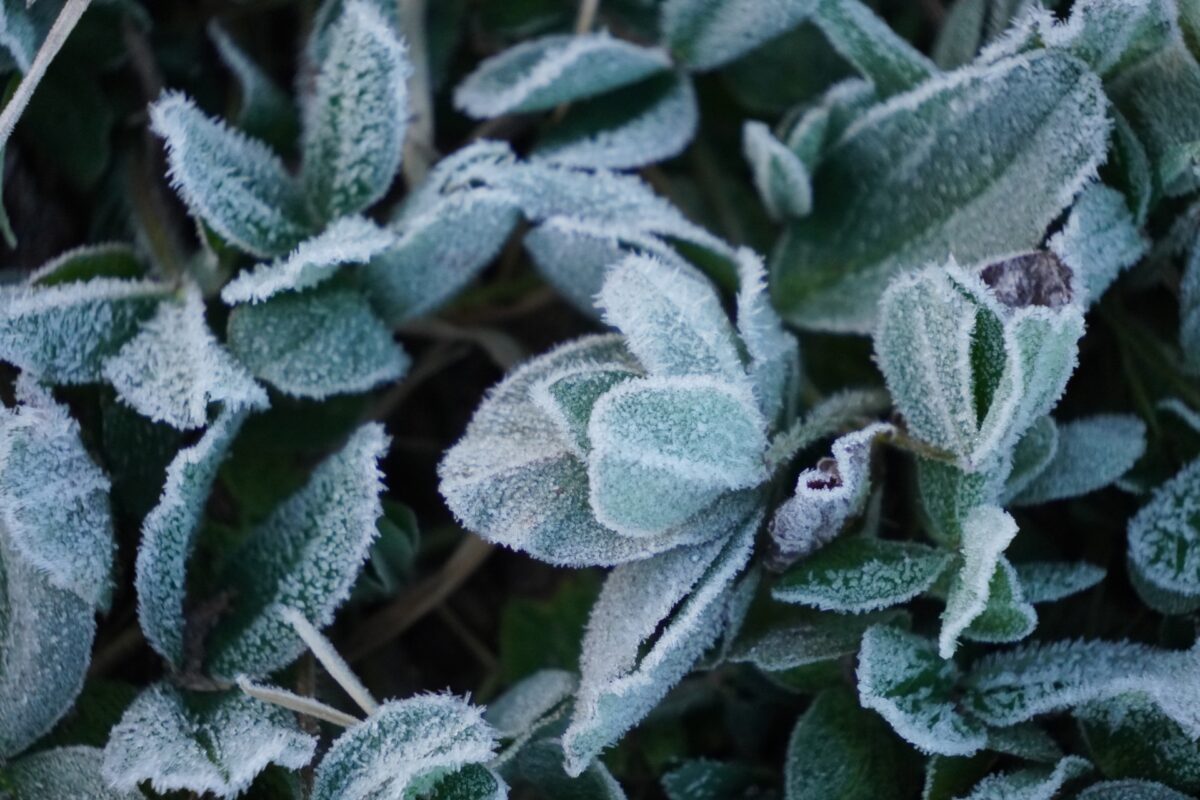Scenic Poetry of Post-Shimofuri: A Journey Through Japan’s Forty Seasonal Divisions – Blending Tradition and Modernity

『 This article is… 』
This page, themed around ‘Shimofuri’, is perfect for those interested in Japanese traditional culture and travelers. From the first snow in Hokkaido to the Niiname-sai festival in Kyoto, it intricately introduces the seasonal customs of each prefecture. Reading this article will deepen your understanding of Japan’s cultural diversity and rich traditions, while providing valuable knowledge for planning your travels.
In the deepening autumn of Japan, what captivates my heart is the tradition and rich history of ‘Shimofuri’. As a travel web writer journeying across the nation, I aspire to unravel the allure of Shimofuri, one of Japan’s forty seasonal divisions, through its meaning, origin, and the unique characteristics of each region.
In this article, I will convey both the ancient traditions and their backgrounds, as well as how they breathe in the modern era, accompanied by my own experiences. Why not feel the vibrant culture and its evolution throughout Japan during this season when frost begins to fall?
- Shimofuri and Its Significance – The Charm and Meaning of Japan’s Forty Seasonal Divisions
- Shimofuri and Traditional Japanese Customs
- The Modern Implications of Shimofuri
- Shimofuri and Modern Trends
- Diving Deeper into Shimofuri – Impact and Significance in Modern Society
- Summary and Reflections
- Kasumi Points on Shimofuri
Shimofuri and Its Significance – The Charm and Meaning of Japan’s Forty Seasonal Divisions
The Origin and Meaning of Shimofuri
Shimofuri, as part of Japan’s unique twenty-four seasonal divisions and one of the forty seasonal divisions, is a period with a particularly rich atmosphere. Arriving in late October, it marks the deepening of autumn and the time when the first frost falls. The term “Shimofuri” itself directly means “falling frost,” symbolizing the transition of nature.
The Forty Seasonal Divisions and Japanese Calendar
Japan has long divided the year into 24 seasonal divisions, capturing the subtle changes of the seasons. The forty seasonal divisions are a more detailed expression of these divisions, playing an important role in Japan’s traditional calendar. Shimofuri is one of these divisions, signifying the important transition from autumn to winter.
The Characteristics of Shimofuri and Japanese Nature
During Shimofuri, Japan’s landscape is highlighted by beautiful autumn leaves. Particularly in Hokkaido and the Tohoku region, an early frost transforms the scenery. In contrast, warmer areas in the south experience a different kind of Shimofuri atmosphere. Thus, Shimofuri reflects the diverse natural beauty of Japan.
My Experience: Seeking the Ambiance of Shimofuri
Among my travels during Shimofuri, the visit to Shirakawa-go in Gifu Prefecture was particularly memorable. Early in the morning, a thin layer of frost covered the roofs of the old houses, creating a mystical scene. It felt as if time had stood still, leaving a deep imprint on my travel memories.
Shimofuri is more than just a meteorological phenomenon; it is deeply ingrained in Japan’s nature, culture, and people’s lives. In the next section, I would like to delve deeper into the traditional customs related to Shimofuri and their backgrounds.
Shimofuri and Traditional Japanese Customs
Shimofuri is a time when various traditional customs are observed throughout Japan. These customs, formed over many years, are still cherished and practiced. For instance, festivals celebrating the end of agricultural work and events signaling the approach of winter are common.
Regional Variations in Customs
Shimofuri customs vary by region. In Aomori Prefecture, for example, the “Imori Festival” is a traditional celebration where people express gratitude for the harvest and pray for abundance. In Kyoto, the “Niiname-sai” ceremony, offering new rice and sake to the gods, occurs before Shimofuri. Thus, Shimofuri reflects different cultural backgrounds and regional characteristics.
Shimofuri and Food Culture
The season of Shimofuri holds significant meaning in Japanese food culture. This period brings new rice and autumn flavors, with special dishes prepared in different regions. In Tochigi Prefecture, the “Imo-ni Party” event, where locals gather to enjoy a stew made with fresh vegetables and fish, is a wonderful way to share the arrival of Shimofuri and express gratitude.
My Experience: Experiencing Local Customs
My experience in Nagano Prefecture during Shimofuri was unforgettable. I joined the locals for grape picking and tasted new wine made from the harvested grapes. This experience highlighted the rich food culture brought by Shimofuri and the warmth of the local community.
The customs of Shimofuri reflect not just a change of seasons, but also Japan’s rich culture and the bonds within its communities. In the next part, I will focus on the modern-day implications of Shimofuri in Japan and its contemporary significance.
The Modern Implications of Shimofuri
Shimofuri and the Integration with Modern Life
In modern Japan, Shimofuri continues to influence many aspects of life. The changes in the natural environment, marking a transition in seasons, have significant implications for agriculture, tourism, and everyday life. In contemporary society, Shimofuri is a time to consider harmony with nature and to cherish the sense of the seasons.
Shimofuri and Environmental Awareness
Shimofuri also serves as a catalyst for heightened environmental consciousness. As the characteristics and timing of Shimofuri change due to climate change, people are becoming more aware of the changes in the natural environment. For example, reports suggest that in some regions, frost arrives later, or the amount of frost has decreased due to global warming.
Shimofuri and Health in Modern Times
The Shimofuri season calls for heightened health management. With the drop in temperature, colds and flu become more prevalent. In modern Japan, the importance of health management and vaccination is emphasized as Shimofuri approaches. The rise in health awareness also influences our lifestyle habits.
Harmony between Tradition and Modernity
Shimofuri occupies a significant place in Japan’s traditional calendar and impacts various aspects of modern society, including coexistence with nature, health consciousness, and cultural heritage. In the following section, I will delve into specific modern trends related to Shimofuri and introduce new developments within this context.
Shimofuri and Modern Trends
Modern Events Incorporating Shimofuri
During the season of Shimofuri, various events are held across Japan. Food festivals featuring autumn ingredients and tourism events for autumn leaf viewing are particularly popular. For instance, Tokyo’s “Autumn Taste Festival” offers new rice, seasonal vegetables, and local sake, allowing participants to experience the unique food culture of the Shimofuri season.
Shimofuri and Health & Wellness
In contemporary society, there is a trend towards health and wellness awareness influenced by Shimofuri. For example, yoga and fitness programs timed with the seasonal transition are gaining popularity. Additionally, detox menus and superfoods incorporating autumn ingredients are attracting attention during this period.
My Experience: Shimofuri and Modern Lifestyle
During my visit to Osaka, I attended the “Osaka Autumn Festa.” The event featured modern cuisine using local ingredients and cafes decorated with autumn themes. This experience made me realize how Shimofuri traditions are incorporated into modern lifestyles.
Shimofuri represents a time where ancient traditions and modern trends merge seamlessly. In the next section, I will provide a deeper analysis of specific information related to Shimofuri and explain its impact on contemporary society.
Diving Deeper into Shimofuri – Impact and Significance in Modern Society
Shimofuri and Rising Environmental Awareness
In modern society, Shimofuri is becoming a significant opportunity to raise environmental awareness. As climate change causes noticeable seasonal shifts, the climate changes during Shimofuri serve as an important indicator of the global environment. According to reports from the Japan Meteorological Association, there are regions where Shimofuri has gradually been occurring later over the past decades. This data serves as concrete evidence of climate change, underscoring the importance of environmental protection.
Shimofuri and Regional Economy
The Shimofuri season has a significant impact on the regional economy. As part of the autumn tourism season, events like leaf viewing and harvest festivals attract tourists. Statistics from the Japan Tourism Agency show that during Shimofuri, tourist spots nationwide see an increase in activity, with accommodation booking rates in famous autumn foliage areas increasing by an average of over 30%. This exemplifies the positive impact of Shimofuri on the regional economy.
Shimofuri and Health Consciousness
The Shimofuri period requires special attention to health management. Due to the drop in temperature, the prevalence of colds and flu increases, leading to active promotion of vaccination and health management. Data from the Ministry of Health indicates that the percentage of people receiving flu vaccinations during Shimofuri is about 20% higher compared to other seasons. This shows how Shimofuri contributes to the improvement of health consciousness in modern society.
My Thoughts: The Timeless Value of Shimofuri
Traveling across Japan, I have come to appreciate the timeless value of Shimofuri. From traditional customs to modern environmental issues, regional economy, and health consciousness, Shimofuri influences a wide range of themes. Through this seasonal division, I hope for an increased awareness of coexistence with nature and a sustainable society.
Shimofuri is more than just a change of seasons; it is deeply embedded in our lives, holding cultural and social significance. Through this article, I hope to provide an understanding of the multifaceted value of Shimofuri and allow readers to appreciate its deep significance along with the beauty of the season.
Summary and Reflections
The Multifaceted Charm of Shimofuri
In this article, we delved deeply into “Shimofuri,” one of Japan’s forty seasonal divisions. Starting from its origin and meaning, we explored various angles, including traditional customs and the impact on modern society. It became clear that Shimofuri is not just a marker of changing seasons, but it significantly influences Japanese culture, environmental awareness, regional economies, and health.
Learning from My Travels
Traveling across Japan during the Shimofuri season, the local ambience and rich culture of each place I visited made for irreplaceable experiences. Experiencing the distinct Shimofuri customs and food culture in different regions allowed me to appreciate the beauty and depth of each of Japan’s seasons anew.
Shimofuri and Modern Society
In contemporary society, Shimofuri relates to vital themes such as environmental awareness and health management. The increasing recognition of climate change and the need for health considerations during seasonal transitions are important issues that Shimofuri brings to our attention.
Shimofuri marks a time when Japanese tradition and modern lifestyle blend together beautifully. Through this seasonal phase, we can appreciate nature’s beauty while fostering new awareness towards the environment and health. I hope to continue valuing the diverse benefits that the Shimofuri season brings.
Personal Insights
For me, the Shimofuri season is one of the most enchanting times of the year. The natural changes and cultural richness I experience during this period continually inspire me as a writer. Moving forward, I want to keep sharing new discoveries and emotions through my journeys across Japan’s beautiful seasons, starting with Shimofuri.
Kasumi Points on Shimofuri
“Shimofuri” holds various cultural characteristics across Japan. Below are the “Kasumi Points,” highlighting regional features related to Shimofuri:
Hokkaido: The First Snow of Shimofuri
- Kasumi Point: In Hokkaido, the first snow often coincides with Shimofuri, symbolizing the arrival of winter. The early snow amidst remaining autumn leaves creates a beautiful transition between autumn and winter.
Aomori Prefecture: Imori Festival
- Kasumi Point: Aomori has the traditional “Imori Festival” during Shimofuri. This festival, celebrating the harvest and expressing gratitude for abundance, strengthens the bonds within the community.
Kyoto Prefecture: Niiname-sai
- Kasumi Point: In Kyoto, the “Niiname-sai” ceremony, offering new rice and sake to the gods, takes place during Shimofuri. This event, blending with the ambiance of the ancient capital, is a significant tradition conveying gratitude and respect.
Tochigi Prefecture: Imo-ni Party
- Kasumi Point: Tochigi hosts the “Imo-ni Party” during Shimofuri, where locals gather to enjoy a stew made with fresh vegetables and fish. This event symbolizes the warmth of the community.
Nagano Prefecture: Grape Picking
- Kasumi Point: In Nagano, grape picking is popular during Shimofuri. Tasting new wine made from harvested grapes offers a special experience of autumn’s bounty and regional culture.
These regional characteristics show how Shimofuri wonderfully showcases the diverse culture and natural beauty of Japan.







